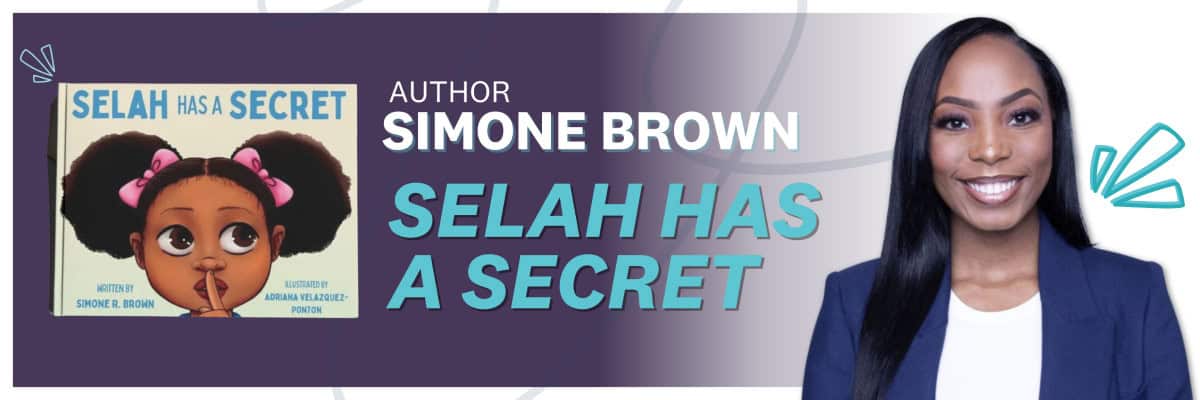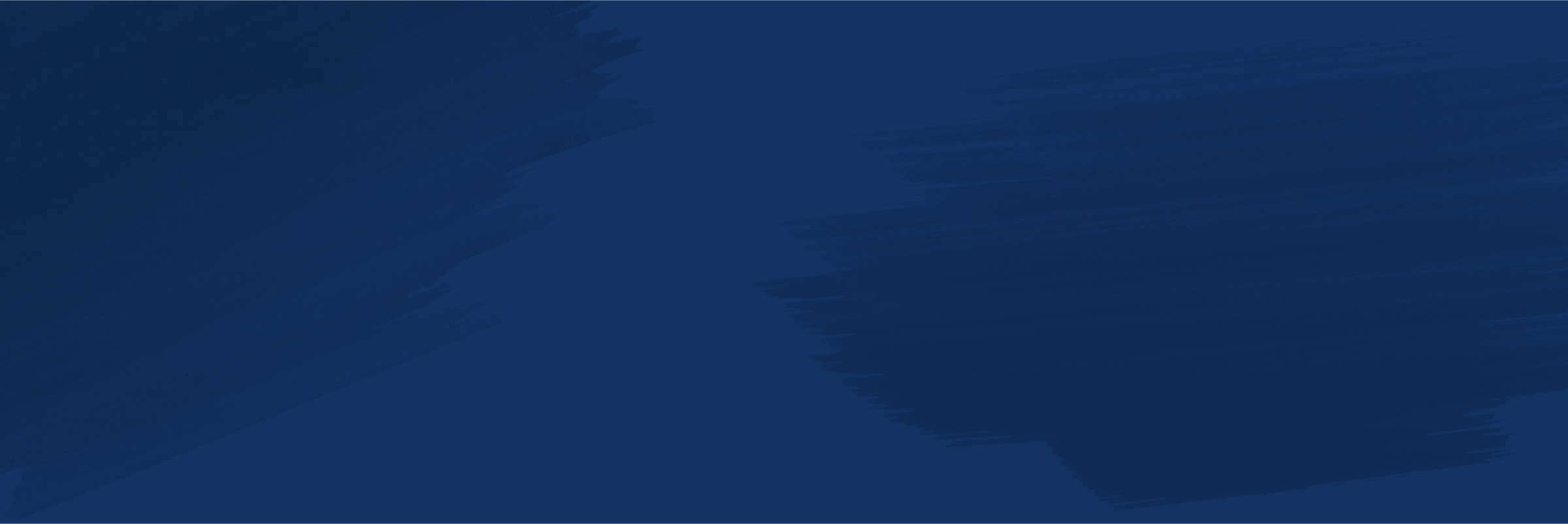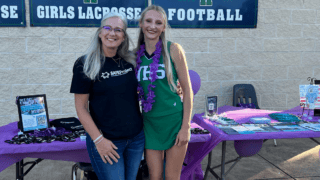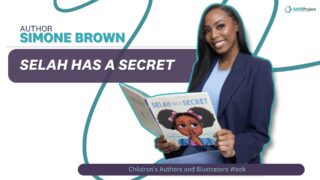Children’s Authors and Illustrators Week is celebrated the entire month of February here at SAFE Project! Our first interview for 2025 is with Simone Brown, author of Selah Has a Secret:

Who is Simone Brown?
I'm a visionary, creative, and children’s health advocate. I grew up in Los Angeles (and will always be a California girl at heart), but I currently live in Washington, DC. My educational background is in school psychology and public health. I am also the founder of SELAH, an organization that uses storytelling to spread hope for children and families impacted by substance abuse and trauma.
How did you discover SAFE Project?
I discovered SAFE Project through an announcement posted in GW’s School of Public Health (Prevention and Community Health) newsletter. SAFE Project’s mission is aligned with my research interests so I reached out to learn more about how I could get involved on campus, and potentially explore a partnership with SELAH.
How did this book come about?
Surprisingly, publishing (or even writing) a book was never on my to-do-list. My first project, Selah Has a Secret, was birthed from my own healing journey. Growing up, my father battled with addiction. In 2017, he died of a drug overdose. It left me in such a dark, lonely and hopeless place. After months of holding it in, I mustered up enough courage to share my story in a small group at church. And something inside me changed. It taught me that community was the antidote to shame and addiction. I wanted to curate spaces like that for children who’ve experienced the shame of a loved one’s addiction, and that’s how SELAH came about. As I was looking for developmentally appropriate resources to share with my community, I saw a need in the literature. There weren’t many children’s books about addiction, and even fewer with characters that looked like me. That day, I decided to fill that gap. The rest is history!
Can you share more about the name "Selah"?
Selah holds dual meaning. It is an acronym for Social-Emotional Learning and Healing. In Hebrew, the word selah means “to pause and reflect,” which we [SELAH] recognize as an integral part of healing. Ironically, I also wanted to name my daughter Selah. It worked out because this project is like my first baby.
The book speaks both about the recovery journey of adults (in the form of treatment), as well as the recovery journey for children of addiction – could you elaborate on that?
As we know, the burden of addiction is not only carried by the person with the disease. It consumes the whole family system. The impact ranges from emotional neglect to physical harm and leaves lasting emotional wounds. A child’s recovery journey is about healing from mental wounds that have been passed down.
The onset and severity of those wounds look different for each individual, but it’s a weight all children of addiction carry, nonetheless. The process of releasing wounds of shame, abuse, parentification, abandonment, and guilt, is the recovery work. If not properly addressed, wounds can manifest in immediate or future behavior problems. This is why it’s so important to invest in a child’s recovery as early as possible so the cycle of trauma and addiction can be disrupted.
The book talks about self-care, including coping skills development, and the value of having a trusted connection with an adult as well as peers. How valuable is this to have, both in this specific situation, but also in general?
Self-care, healthy coping skills, and connectedness, all play an integral role in a child’s social-emotional development. Social-emotional learning is just as necessary as reading and math. Children should be encouraged to intentionally and consistently practice self-care – despite what’s going on. This teaches them that they are important and that their emotions and feelings matter (a concept that children of addiction often forget).
Many things in life, like a loved one’s addiction, are beyond a child’s control. Healthy coping strategies help children control what they can, push through those difficult times, build resilience, and maintain positive relationships.
Healthy connections with peers and adults help to reduce feelings of shame and guilt. It is through those connections where they can heal, and just be kids!
Can you share more about the impact of stigma and shame, and the means to overcome it?
In our society, addiction is seen as a moral failure and personal choice, rather than a disease. This stigma makes people feel ashamed and ostracized, which stops them from getting the help they need.
For children of addiction, what creates shame is holding the secret of their parents problem. They may feel “bad,” believe that no one else is going through the same thing, or even think they caused it. Naturally, this leads them to hide or remain silent. For some children, the shame may manifest outwardly in behavior problems. The fear of being “found out” keeps them silent, but the longer they stay silent, the more shame paralyzes them. I believe that to overcome shame, we must first identify our feelings. Then, we have to recognize the truth of who we are. True freedom from shame comes when we are able to openly share our story. While there may still be moments of shame, we can move forward.
While overcoming shame requires internal work, overcoming stigma is a collective effort. We must shift the narrative around addiction, including what it “looks” like, and learn to separate the person from the sickness.
The book includes a section at the end with discussion questions – how do you envision this being used, and with whom?
Addiction can be a tough topic to talk about, especially with children. The questions are simply a guide to start conversation. They’re intentionally written in a way that anyone can use them – no matter their level of training. This includes parents, grandparents, caregivers, mentors, teachers, or mental health professionals.
Thank you to Simone for sharing her stories and experiences. Learn more at selahforcoa.com.



